Health & Science
Is there life on two Earth-like planets?; Beer’s tempting taste; The transparent brain; Made-to-order organs
Is there life on two Earth-like planets?
The two most Earth-like planets ever found have been spotted in a single solar system 1,200 light-years away. Astronomers monitoring data from the Kepler spacecraft said the two worlds, dubbed Kepler 62e and Kepler 62f, were the two outermost planets circling a star about a third dimmer and smaller than the sun. Both orbit within the habitable zone within which liquid water—considered a prerequisite to life as we know it—can exist. The smaller of the two, Kepler 62f, is a particularly enticing find: About 40 percent larger than Earth, with a year of 267 days, it orbits in the very middle of that zone, and computer models suggest it may be rocky like Earth. Scientists say the other planet, hotter and slightly larger, might be covered entirely in a giant ocean. Whether water, let alone life, exists on either remains a matter of speculation, but the find strengthens astronomers’ conviction that our own Milky Way galaxy holds billions of planets that could resemble Earth. “It’s an amazing moment in science,” astronomer Geoffrey Marcy of the University of California, Berkeley, tells The New York Times. “We haven’t found Earth 2.0 yet, but we can taste it, smell it, right there on our technological fingertips.”
Beer’s tempting taste
The Week
Escape your echo chamber. Get the facts behind the news, plus analysis from multiple perspectives.

Sign up for The Week's Free Newsletters
From our morning news briefing to a weekly Good News Newsletter, get the best of The Week delivered directly to your inbox.
From our morning news briefing to a weekly Good News Newsletter, get the best of The Week delivered directly to your inbox.
Just a tiny taste of beer can give regular beer drinkers a happy feeling and make them crave more of it, a new study has found. The finding, says DiscoverMagazine.com, suggests that beer contains chemicals other than alcohol that trigger the brain’s reward system, and explains why most beer drinkers rarely stop at one. Indiana University researchers asked nearly 50 young male volunteers to submit to a brain scan while they spritzed tiny amounts of Gatorade and their favorite beer into their mouths. They found that even minute quantities of beer—too small to produce an alcoholic “buzz”—caused the brain to release more of the feel-good chemical dopamine than Gatorade did. After tasting both drinks, the volunteers also tended to say they wanted to drink more beer rather than more Gatorade, even though many of them actually preferred Gatorade’s sweet taste. Volunteers who had siblings or parents with alcoholism got an even greater dopamine boost after tasting beer than those who didn’t. Since dopamine is such a powerful motivator, this might explain why it’s so hard for alcoholics to quit drinking: One sip, or even the smell, of beer is enough to trigger intense cravings.
The transparent brain
A new technique that renders a mouse brain transparent could soon allow researchers to map the human brain in unprecedented detail. Stanford University scientists have created a clear, Jell-O-like substance called hydrogel that can replace the opaque fats and other tissues in a dead mouse’s brain, revealing the networks of neurons and their arm-like axons that carry information from one region to another. Previously, researchers could only study brain anatomy by examining thin slices, which made it impossible to see how different regions were connected. By contrast, the hydrogel technique lets researchers observe the complex wiring of an intact brain. “This is probably one of the most important advances for doing neuroanatomy in decades,” Thomas Insel, the director of the National Institute of Mental Health, tells Nature.com. “[It] should give us a much more precise picture of what is happening in the brains of people who have schizophrenia, autism, post-traumatic stress disorder, bipolar disorder, and depression.” In fact, testing the technique on a small part of the preserved brain of an autistic boy who died years ago has already revealed at least one structural abnormality that could hold clues to treating the disorder.
Made-to-order organs
A free daily email with the biggest news stories of the day – and the best features from TheWeek.com
Scientists have grown an artificial kidney for the first time, raising hopes that human kidneys and other organs could one day be manufactured to order. Researchers used chemicals to strip a rat kidney of its original cells, leaving behind a collagen scaffold. Then they bathed the structure in stem cells and neonatal kidney cells. The cells grafted onto the scaffold and grew new kidney tissue that functioned like the original—though less efficiently—to filter waste and produce urine when transplanted into a rat. In theory, the technique could one day be used to create customized livers and hearts. “If this technology can be scaled to human-size grafts, patients suffering from renal failure who are currently waiting for donor kidneys could theoretically receive an organ grown on demand,” Harald Ott, head of the Massachusetts General Hospital team that grew the rat kidney, tells New Scientist. “It would solve the donor organ shortage.” In the U.S., just 18,000 of the 100,000 people waiting for a kidney receive one in any given year. An organ generated from a patient’s own cells would not be rejected by the immune system—a problem that causes almost half of transplanted kidneys to eventually fail.
-
 In Suriname, the spectre of Dutch slave trade lingers
In Suriname, the spectre of Dutch slave trade lingersUnder the Radar Dutch royal family visit, the first to the South American former colony in nearly 50 years, spotlights role of the Netherlands in transatlantic trade
-
 Political cartoons for December 7
Political cartoons for December 7Cartoons Sunday’s political cartoons include the Trump-tanic, AI Santa, and the search for a moderate Republican
-
 Trump’s poll collapse: can he stop the slide?
Trump’s poll collapse: can he stop the slide?Talking Point President who promised to ease cost-of-living has found that US economic woes can’t be solved ‘via executive fiat’
-
 5 recent breakthroughs in biology
5 recent breakthroughs in biologyIn depth From ancient bacteria, to modern cures, to future research
-
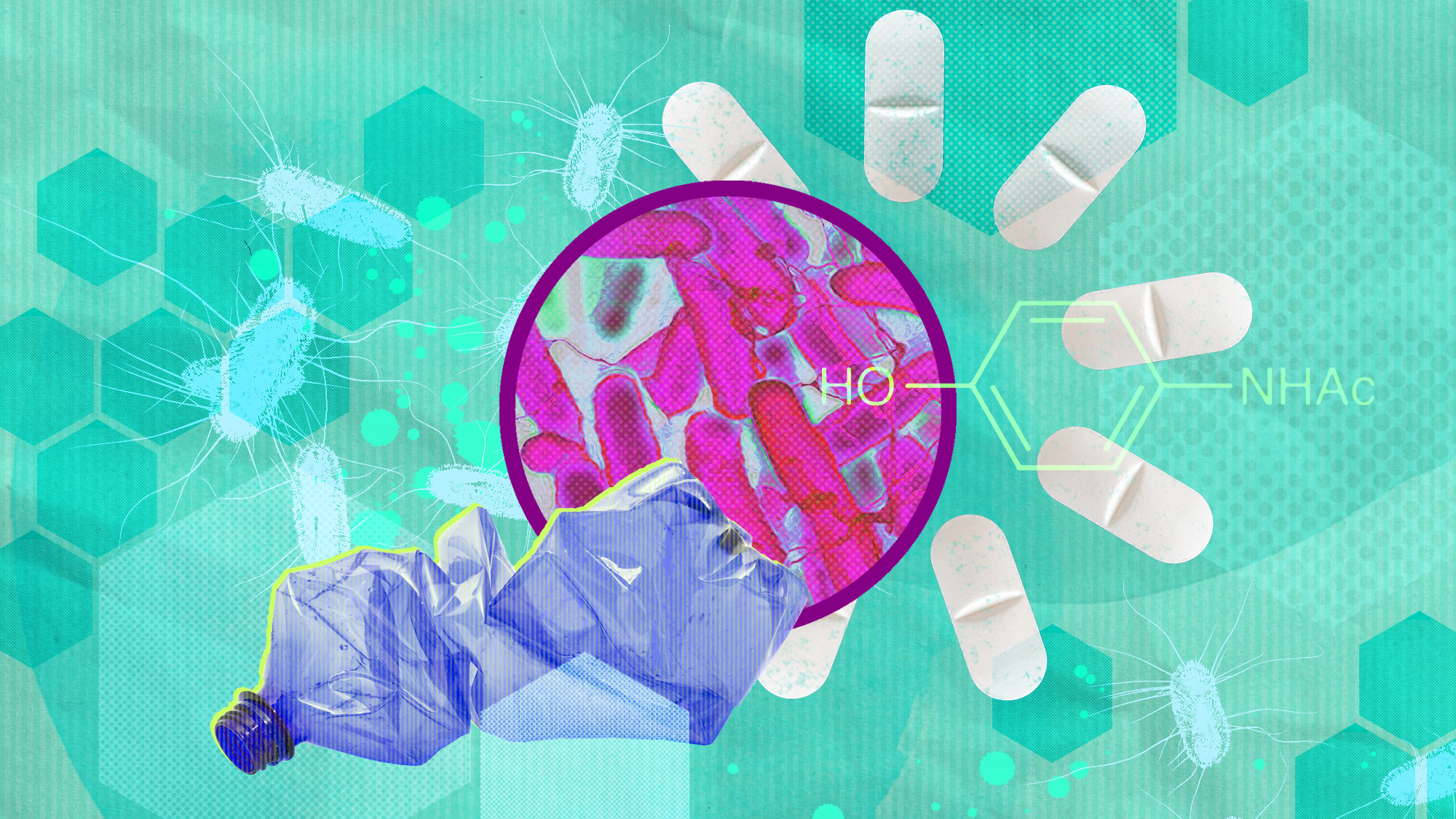 Bacteria can turn plastic waste into a painkiller
Bacteria can turn plastic waste into a painkillerUnder the radar The process could be a solution to plastic pollution
-
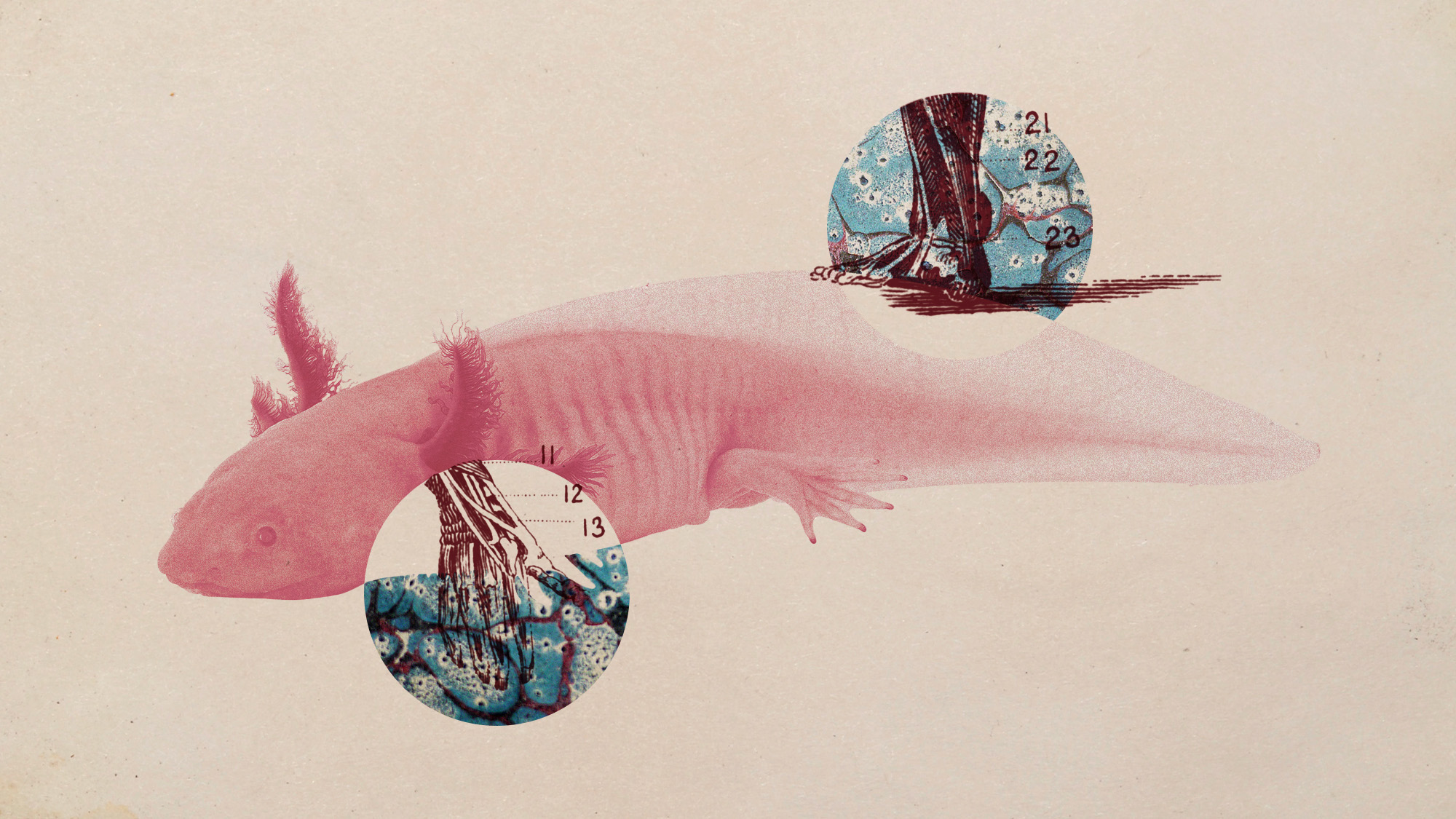 Scientists want to regrow human limbs. Salamanders could lead the way.
Scientists want to regrow human limbs. Salamanders could lead the way.Under the radar Humans may already have the genetic mechanism necessary
-
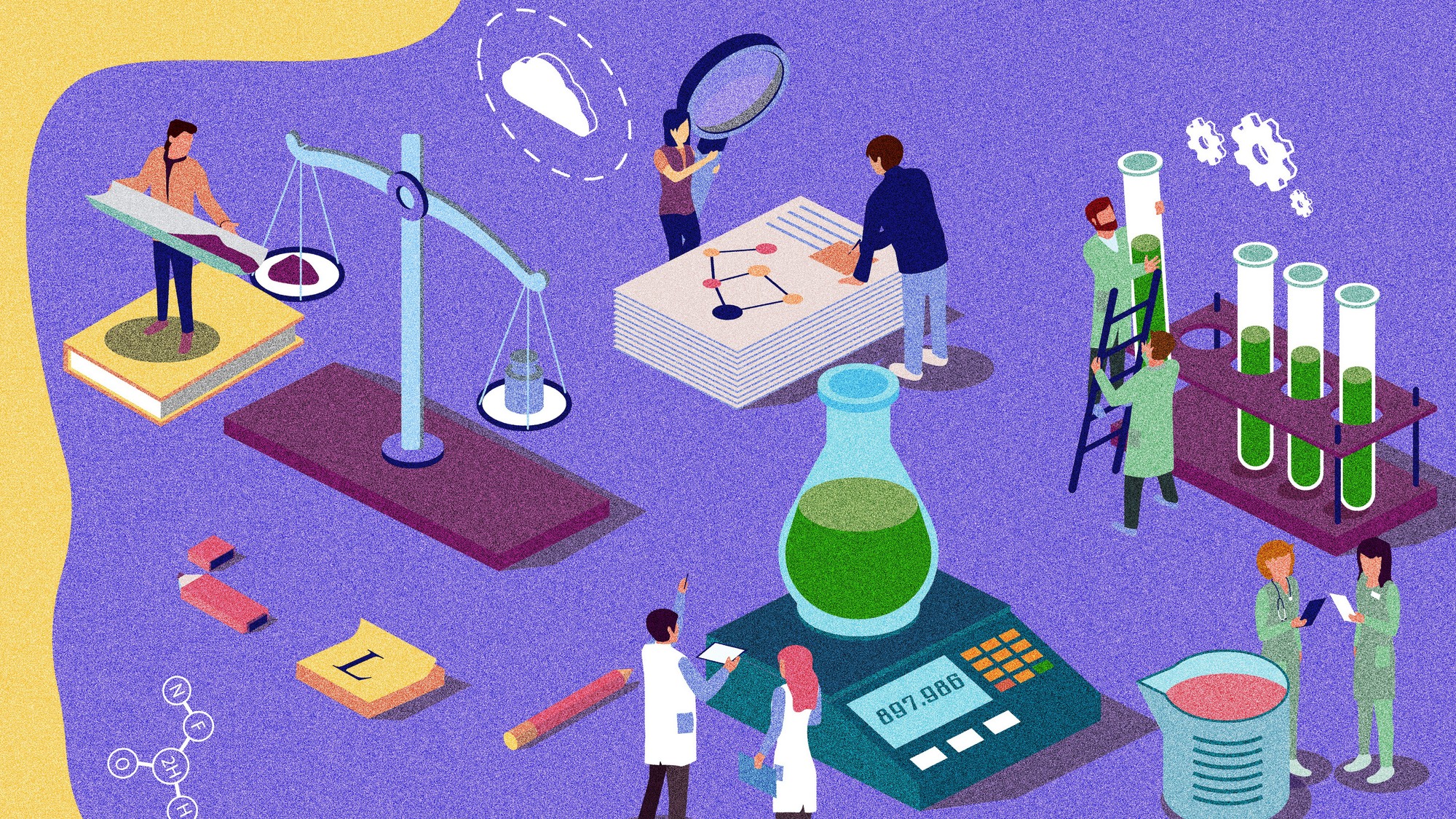 Is the world losing scientific innovation?
Is the world losing scientific innovation?Today's big question New research seems to be less exciting
-
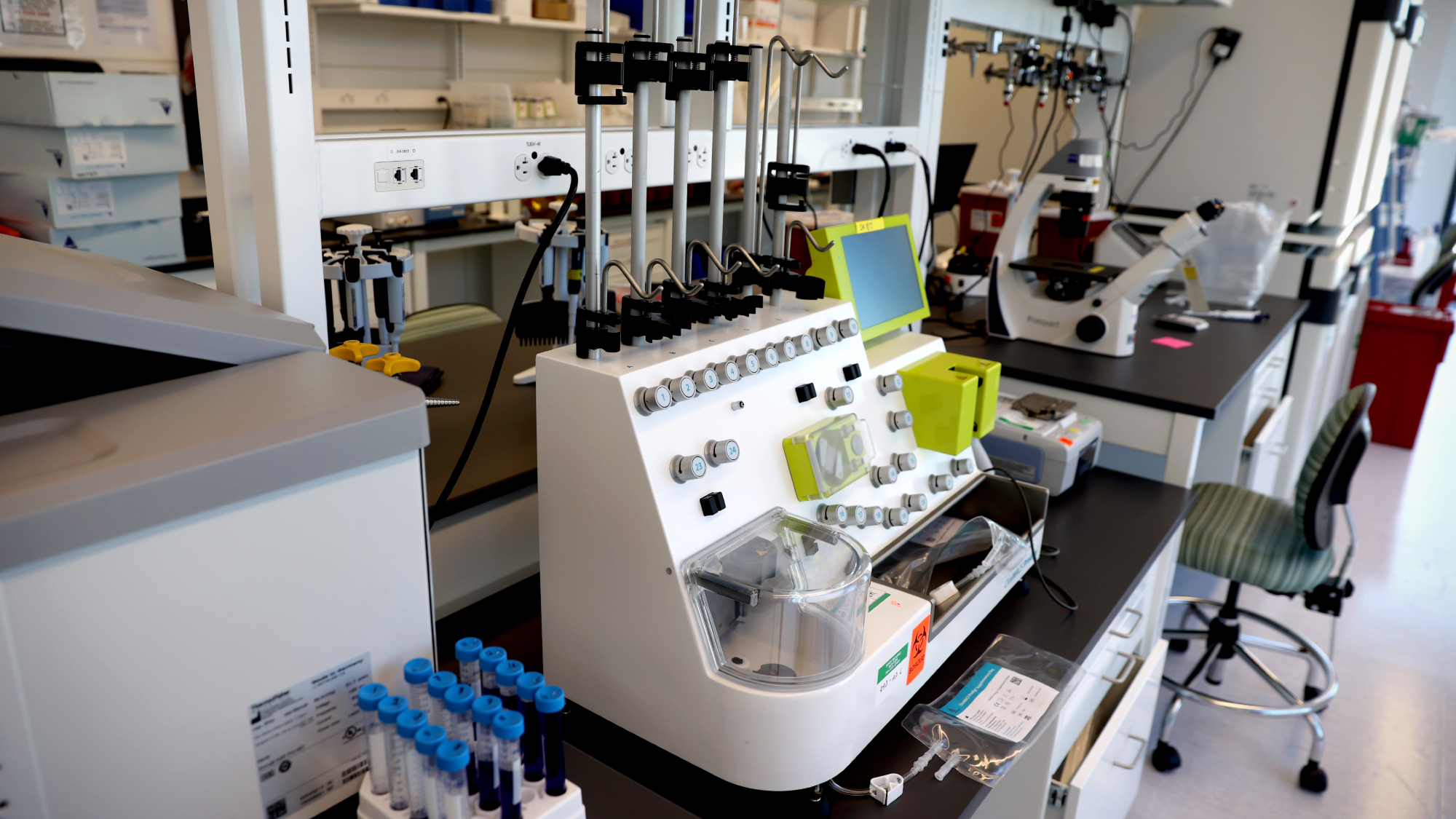 Breakthrough gene-editing treatment saves baby
Breakthrough gene-editing treatment saves babyspeed read KJ Muldoon was healed from a rare genetic condition
-
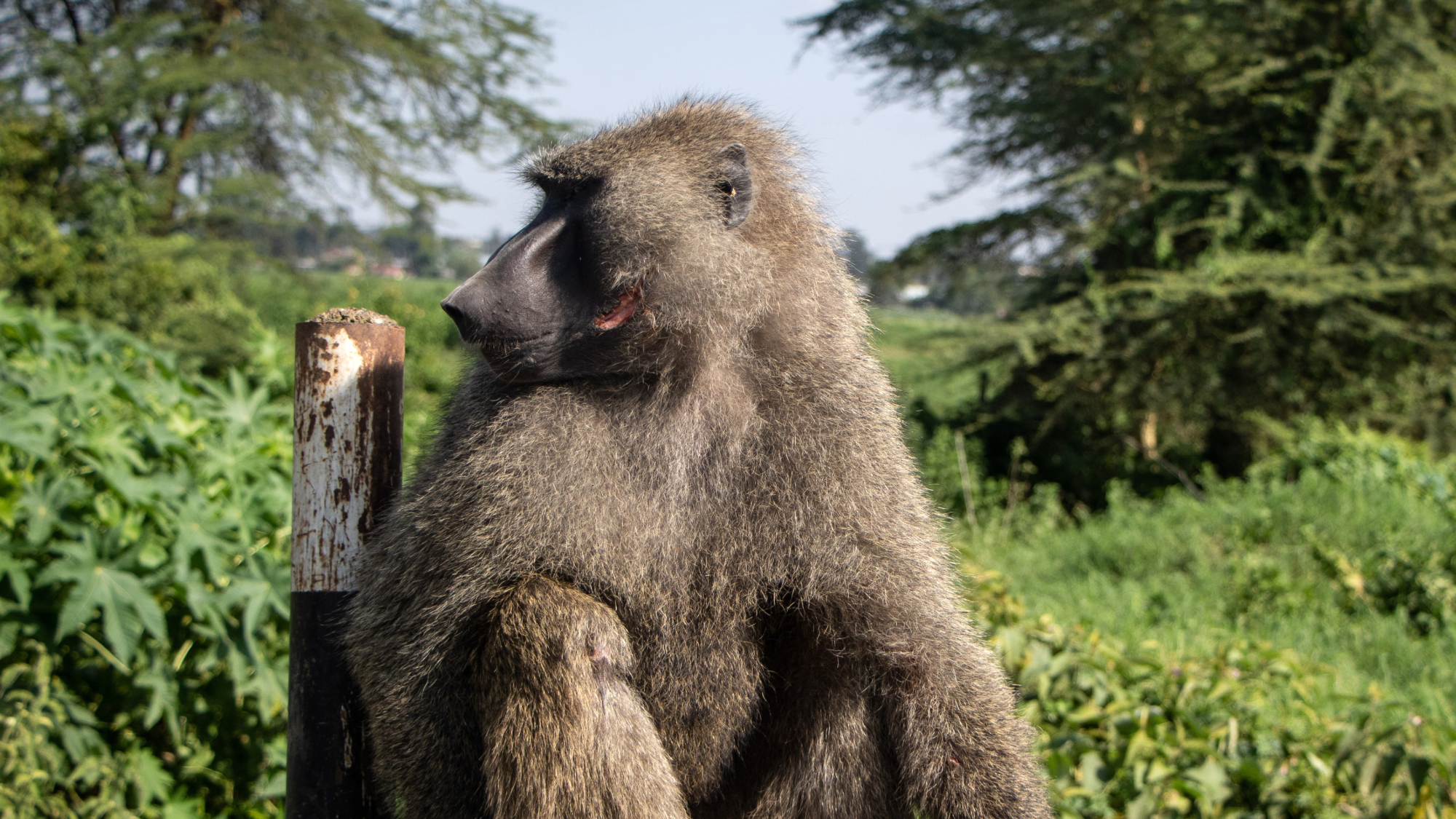 Humans heal much slower than other mammals
Humans heal much slower than other mammalsSpeed Read Slower healing may have been an evolutionary trade-off when we shed fur for sweat glands
-
 Scientists map miles of wiring in mouse brain
Scientists map miles of wiring in mouse brainSpeed Read Researchers have created the 'largest and most detailed wiring diagram of a mammalian brain to date,' said Nature
-
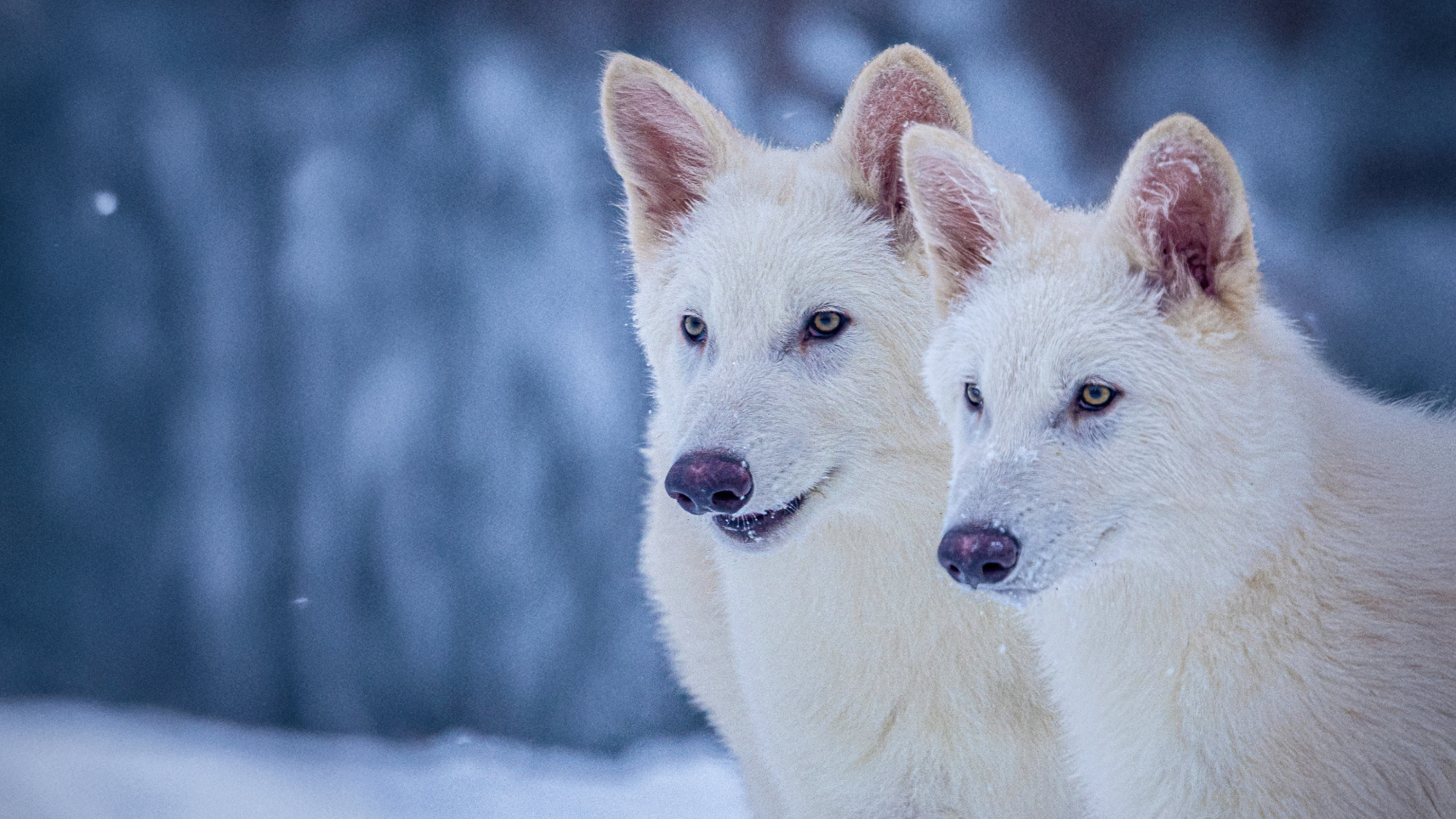 Scientists genetically revive extinct 'dire wolves'
Scientists genetically revive extinct 'dire wolves'Speed Read A 'de-extinction' company has revived the species made popular by HBO's 'Game of Thrones'